NOTE: the lag in the hub town in the above video is fixed in the current beta release on Steam and will likely be fixed within the official release a few days from the posting of this article.
It may not exactly be the best looking game and there may be a rather noticeable amount of lag in the main hub town, but a dead world’s dream is an otherwise very enjoyable and surprisingly well-designed nonlinear platformer.
I would hesitate to call a dead world’s dream a ‘true’ Metroidvania as does not take place over a single interconnected map, but the general cycle of progression is quite similar (plus the first half of Cave Story also makes use of teleporters attached to a hub town so there’s already a rather large precedent for wiggle room when it comes to defining Metroidvanias). The game starts with a brief tutorial and once that is over with you gain access to the central hub town where you can gather some advice and bits of lore from NPC’s and, more importantly, use the teleporter. There are a total of eleven areas you can visit via the teleporter (plus a mysterious final location), though you are only initially able to visit the first three. Within these new regions you can find upgrades which boost your maximum health and your breath meter while underwater, energy cells which unlock new areas based on how many you have collected, and rare organisms which you can take back to a scientist in order to unlock new abilities after finding enough of them. Thus, the general flow of the game is to explore areas looking for the various types of collectibles, return to the hub to hand over any rare organisms you may have found, and then backtrack to previous regions and the hub itself to look for anything you couldn’t reach without a specific ability, which in turn allows you to unlock and more easily explore new regions.
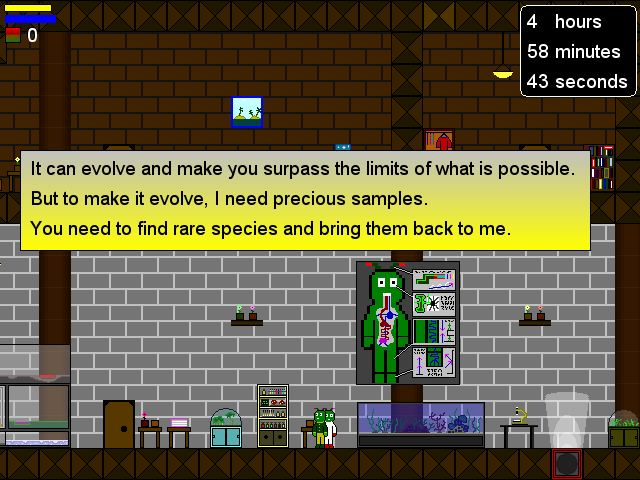
The creature collection system is particularly clever in its execution. Every region has at least one rare creature to find, but these creatures can blend in with similar, common ones or larger, hostile variants and the game doesn’t directly tell you the exact number in each region. Instead, you can find a book in the hub town which, among other things, provides a complete list of every enemy and collectible organism in the game, marking the collectible ones by referring to them as ‘rare’ and using a different color for their names. Using this information, you can combine the general location in the list of each creature along with potential hints in each description to discover just what you need to keep your eyes out for and which region each is located in. As to the abilities granted by these living collectibles, the teleporter requirements for entering various regions outright list them, so it isn’t much of a spoiler to say that they consist of crouching to enter narrow locations and look downward, wall jumping, and a double jump. Thankfully, you only need to find about half of these creatures to obtain all three abilities so there is plenty of leeway for anyone who isn’t interested in performing a 100% run of the game, but many of them are cleverly hidden, often in plain sight, and others still are locked behind some of the most difficult platforming challenges the game has to offer. The end result is a fun scavenger hunt of sorts which can provide an entertaining challenge for completionists without having overly demanding requirements for those just looking to reach the end of the game.
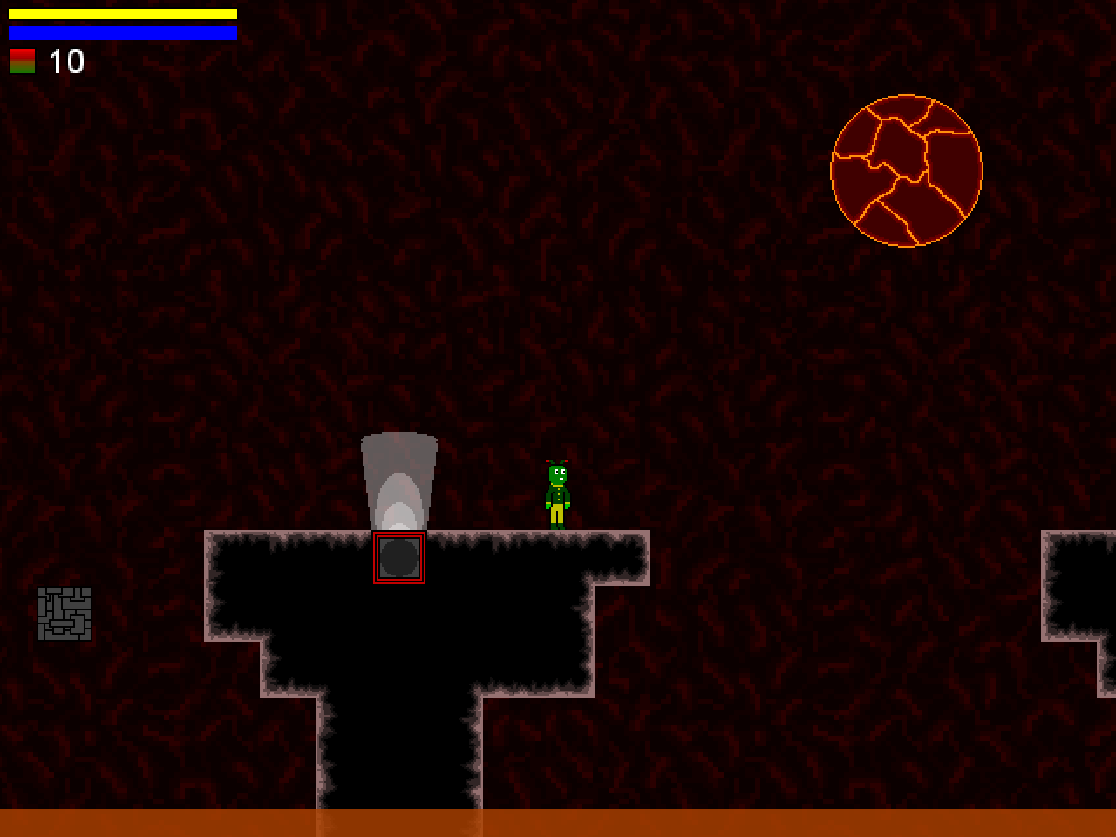
Interesting systems are always a plus, but at the end of the day it is the gameplay and level design which play the largest roles in making or breaking a game and it is indeed in these areas where a dead world’s dream excels. Each location has a distinctive feel to it which goes beyond aesthetics. For example, Shrooms Grotto has a heavy focus on some fairly precise horizontal platforming where you must avoid touching a certain type of explosive mushroom (which you can learn is dangerous well in advance through talking with a certain NPC or paying attention to the creature book) while the Underground Plant requires players to go through a set of challenges focused on moving platforms and circuits which periodically become electrified. Sure breath meter upgrades might not be all that important in most stages, but you’re going to want at least a few of them if you plan to explore Cool Island or Ocean Base. Many of the later areas might be significantly larger than the early ones and some even have paths leading in either direction from the start, but early regions are littered with secrets and you can’t even access roughly half of Red Thorn Tower, the easiest location in the game, without being able to wall jump. This is to say nothing of the fact that the hub town itself has its own fair share of secrets and you’re going to need to explore particularly thoroughly if you want to completely unravel the mystery of the golden teleporters.
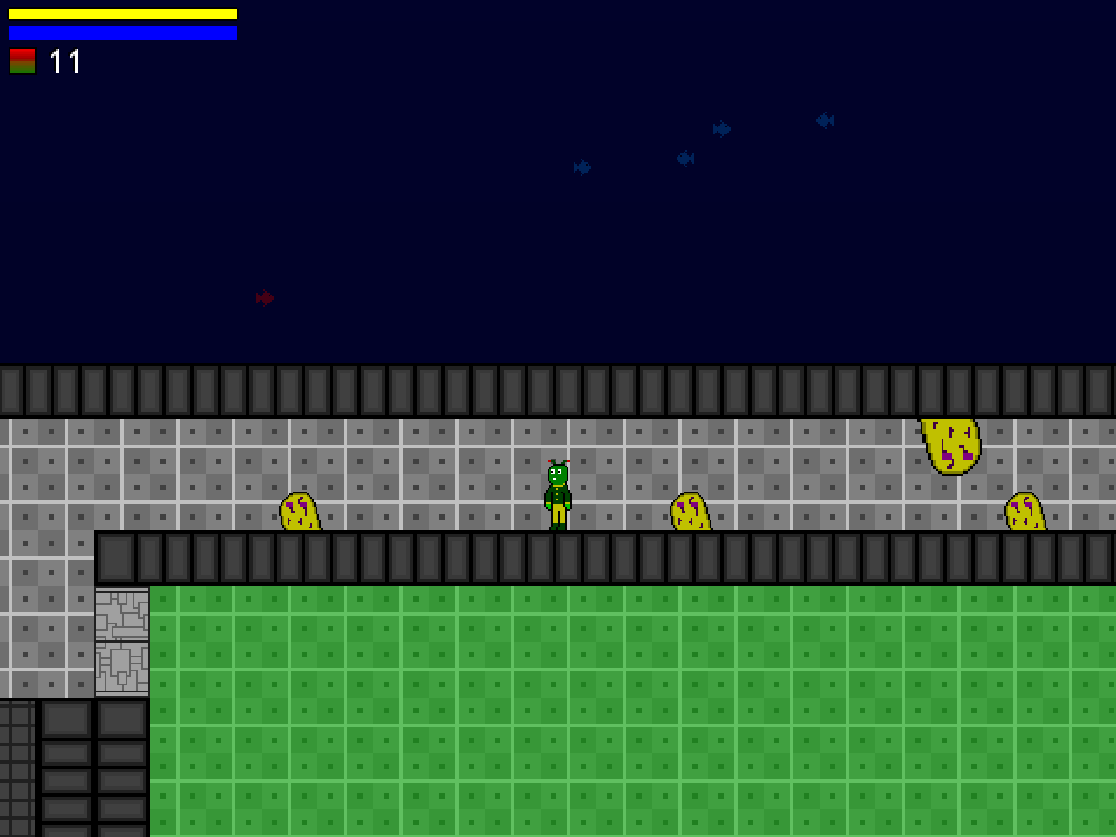
Going beyond variety and exploration, the design remains solid in more specific ways. You have no form of attack and taking damage from an enemy or hazard will cause the protagonist to bounce off of it without any invincibility frames, which can just as often lead to being bounced towards safety as it leads to being bounced around two or three times between hazards until you die. However, the difficulty always remains reasonable and the game is remarkably adept at providing players with plenty of save points and healing pads between challenges without giving off the impression of holding your hand; you’re almost certainly going to die plenty of times over the course of this game, but you’ll rarely lose more than a handful of seconds as long as you make use of every save point. As for movement, your default speed is somewhat fast and allows for perfect precision while holding the run button grants a substantial boost with only a small increase in slipperiness (the description for the game cautions against constantly running, but I held down the run button nearly the entire time during my playthrough and the controls were still tight enough to not be an issue). Meanwhile, wall jumping is a mechanic which games still often have trouble implementing well, but it’s implemented more or less perfectly here. Pressing the jump button while next to a wall is all you need to do to perform a jump off of it with enough upward momentum that you can often loop around to land on top of the wall you jumped off of and your double jump refreshes after each and every wall jump, but you can’t perform a wall jump off of the same wall twice in a row, which allows players to have plenty of aerial maneuverability while simultaneously preventing players from endlessly climbing up a singular tall wall.
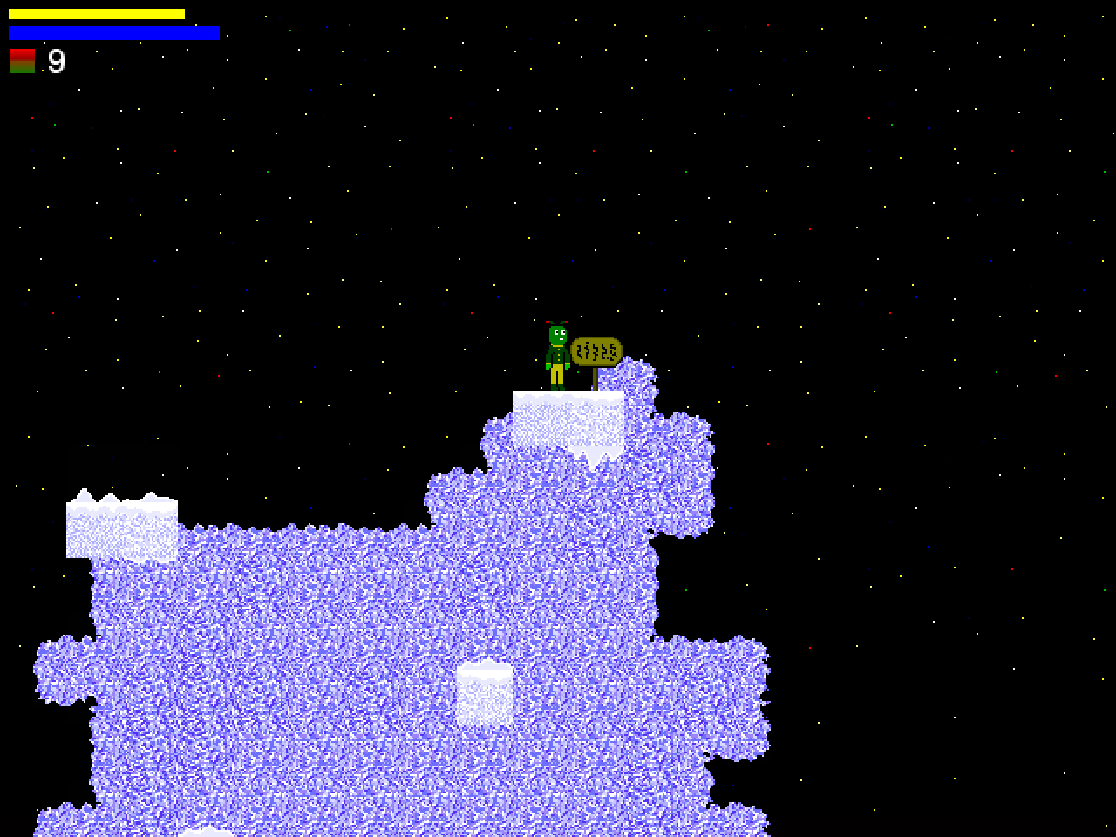
Discovery is an attribute which extends beyond finding collectibles and upgrades. If you care about lore, every NPC has new dialogue depending on just how much of the game you have completed, which gradually clarifies the nature of the world and the purpose behind your actions. In more concrete gameplay terms, discovery plays a role in three major ways. First, new gameplay mechanics and hazards are almost always introduced with a save point right next to them, so you are free to take risks and experiment with virtually no penalty. Secondly, the game sometimes uses its various creatures to help teach players about new mechanics, such as how the snails in the Acid Hills stop moving and hide in their shells a moment before the first signs of the dangerous acid rain appear, which serves to warn players to take cover when it is raining. Last, but not least, the book which contains information on the various creatures and locations is useful in its own right, but it can be easy to initially dismiss it as a random background object unless you pay attention to the pause menu which, in addition to other basic pieces of advice, contains a picture of that specific book as a way to “learn the lore”. A dead world’s dream isn’t willing to hold your hand when it comes to the topic of discovery, but it is more than willing to offer some useful bits of guidance to those who pay attention to their surroundings.
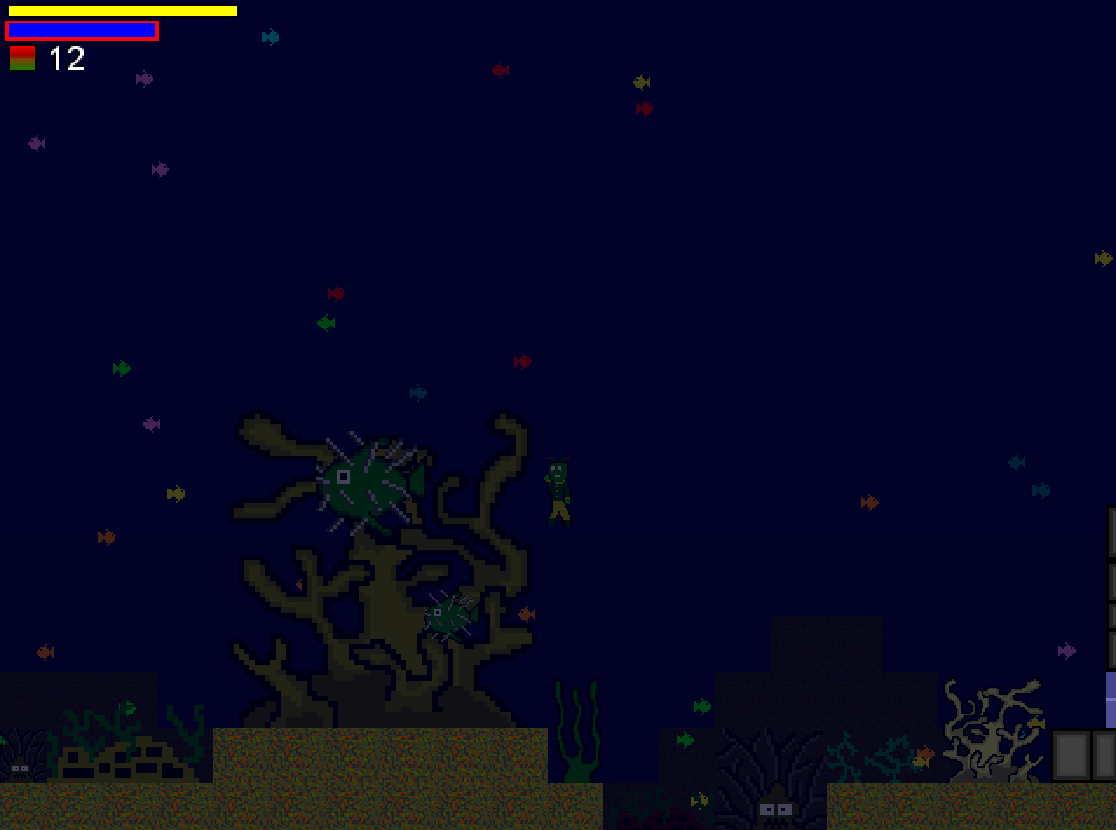
As to downsides, there are only two and I mentioned both at the start of this article. The first of these are the graphics. There is a great deal of graphical variety and the soundtrack is actually rather good, but the actual quality of the artwork definitely leaves something to be desired and it can occasionally get in the way of the gameplay when background elements sometimes blend in a bit too well with the play area or, on the opposite end of the spectrum, platforms don’t stand out enough to distinguish themselves from the background. The second issue comes in the form of a rather significant amount of lag in the hub town. This lag isn’t so severe as to render the game unplayable, but it’s certainly unpleasant and I tried to largely avoid venturing outside of the lag-free building interiors. That said, the developer has stated that they are aware of this issue and the current beta build for the game actually does seem to have completely fixed it. So, playing the current stable build of a dead world’s dream will likely lead to needing to deal with lag in the hub town, but opting in to the beta build on Steam fixes the issue and even the standard version will likely be completely devoid of lag shortly after this article is posted (the developer seems to be tentatively aiming for October 1, 2016).
A dead world’s dream is short enough that it can be finished in its entirety on a blind playthrough within three hours, give or take, but it is an experience which remains highly enjoyable and varied from start to finish and never once does its supremely satisfying sense of discovery diminish.